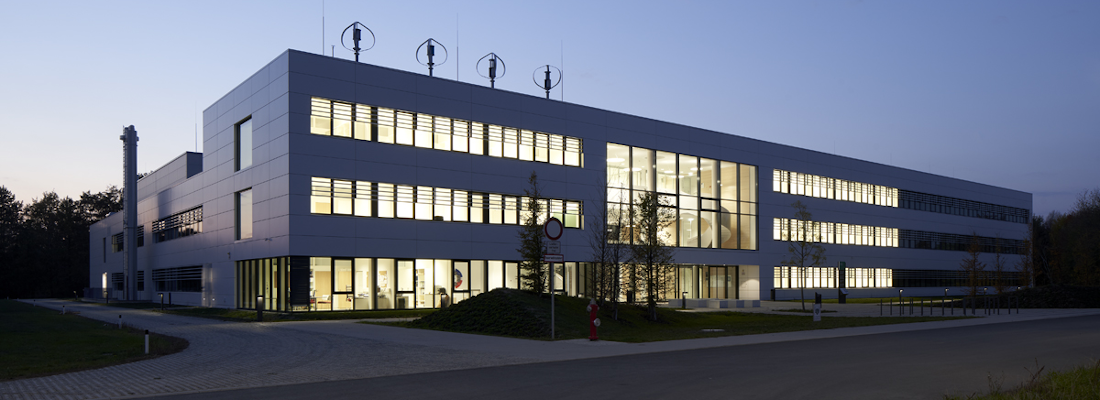Glass & Research
Every day we use countless products that are made of or contain glass.
We make use of the diverse and special properties of this solid material. For windows, light sources, screens, etc. the optical transparency is crucial, for bottles and other containers the fact that glass and contents do not chemically react with each other.
Although many properties of this old material have been known and used for a long time, the possibilities are by no means exhausted. On the contrary, the market is not only demanding glass products that are even better in quality and at the same time inexpensive, but also innovations in properties and functions. Significant progress, both in scientific and economic terms, is based on the functionalization and optimization of glass surfaces.
Examples already known include glass products that do not reflect or selectively transmit light, glass surfaces that are resistant to scratches or repel dirt, and electrically conductive coated glass for displays.
The list of innovative glass products is constantly being expanded. The production and processing methods determine quality and price and thus market success in international competition.
An essential prerequisite for marketable technical progress is the combination of basic and application-oriented research. In addition, the complexity of most tasks requires a variety of competencies that must be interlinked.
The University of Bayreuth is characterized by such a networked diversity in research. The Keylab Glass Technology combines physical, chemical, material and engineering expertise in the field of glass. Together with globally operating industrial companies located in the region, it contributes to the improvement of glass products and their manufacturing processes. The special know-how of Keylab Glass Technology includes, for example, the all-electric melting and processing of glass, glass analyses, simulation and design of transport processes, as well as the continuous expansion of the application areas of glass, e.g. as a key material for the energy transition.


